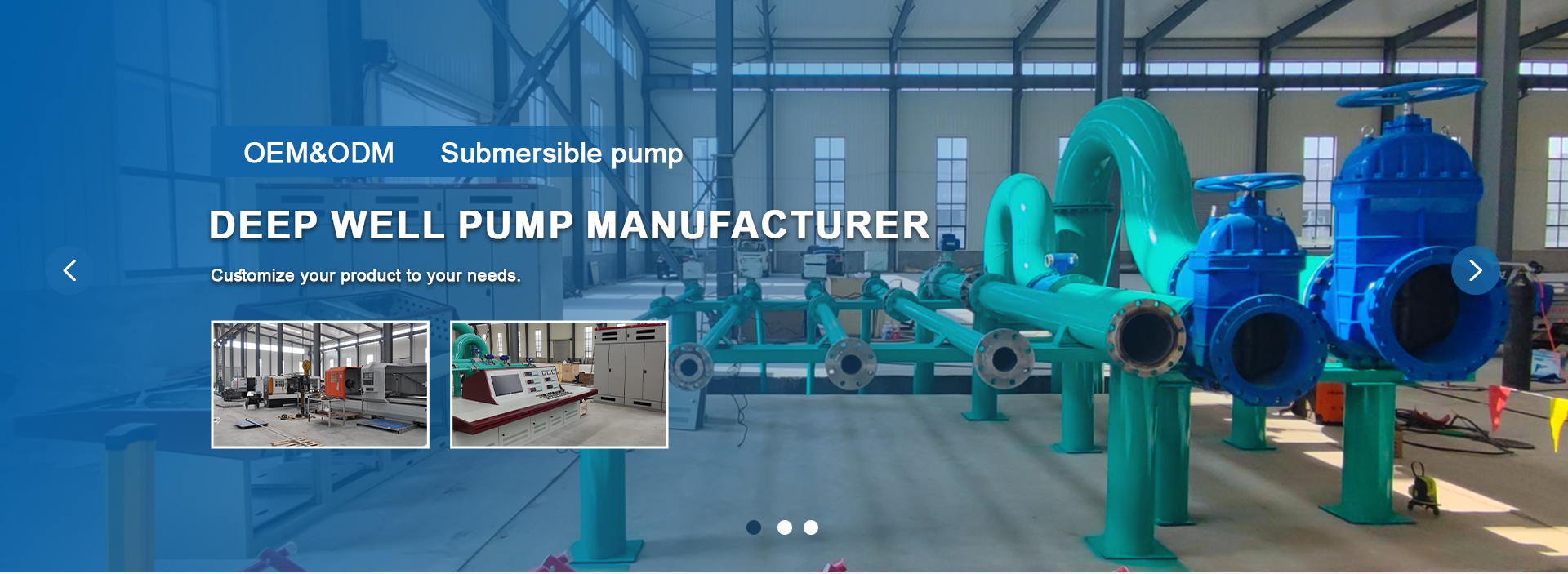Oct . 13, 2024 15:26 Back to list
Submersible Pumps for Efficient Wastewater Management in Various Applications
Understanding Submersible Wastewater Pumps A Comprehensive Overview
Submersible wastewater pumps are essential components in modern waste management systems. These specialized pumps are designed to operate while submerged in fluids, primarily water and wastewater. Their unique construction and operation make them increasingly popular for a variety of applications, including municipal water treatment facilities, residential sewage systems, and industrial sites.
One of the primary advantages of submersible wastewater pumps is their efficiency. By operating underwater, these pumps can effectively manage the pumped fluid's pressure. This design reduces the risk of clogging, as the pump is constantly in the fluid it is intended to move. Additionally, the submerged location minimizes the need for lengthy suction lines, which can cause inefficient flow and increase wear on traditional pumps.
Submersible pumps typically use an electric motor that is hermetically sealed to prevent leakage. The motor, along with the pump’s impeller, is housed within a robust casing built to withstand water pressure and corrosive environments. This construction allows the pump to handle a wide variety of applications, from dewatering and drainage to handling contaminated liquids.
There are several factors to consider when selecting a submersible wastewater pump. First, users must determine the pump's capacity, measured in gallons per minute (GPM) or liters per second (L/s). The nature of the waste material—whether it contains solids, debris, or is mostly liquid—will significantly impact the pump’s design and choice. Pumps designed to handle solids typically include a shredder or chopper mechanism to break down larger particles, ensuring smooth operation and preventing clogs.
submersible wastewater pump

Another critical factor is the depth and distance the pump must operate. The total dynamic head (TDH), which accounts for both vertical lift and friction loss in the piping system, must be calculated accurately to ensure optimal performance. Choosing the right pump based on these parameters is crucial for efficient operation, reducing energy costs, and prolonging the equipment's lifespan.
Maintenance is another essential consideration for submersible wastewater pumps. Although these pumps are designed for durability and longevity, proper upkeep is vital to avoid unexpected failures. Regular inspection of the motor, seals, and impeller will help in identifying potential issues before they escalate. Many manufacturers provide guidelines for routine maintenance, assisting operators in ensuring maximum efficiency and reliability.
The application of submersible wastewater pumps extends beyond the home. In industrial settings, they are invaluable for managing large volumes of wastewater produced in manufacturing processes. They provide solutions for treating contaminants, maintaining compliance with environmental regulations, and optimizing waste disposal operations. Additionally, during emergencies, such as flooding or sewage overflow, these pumps can be deployed quickly to mitigate damage and restore normalcy.
In summary, submersible wastewater pumps are integral to effective waste management systems due to their efficiency, versatility, and robust nature. When selecting a pump, it is essential to consider capacity, type of waste, operational depth, and maintenance needs to ensure optimal performance. With proper selection and maintenance, submersible pumps not only enhance operational efficiency but also contribute to sustainable waste management practices. As industries and municipalities continue to prioritize environmental responsibility, submersible wastewater pumps will undoubtedly play a crucial role in the future of water and waste management.
-
Submersible Water Pump: The Efficient 'Power Pioneer' of the Underwater World
NewsJul.01,2025
-
Submersible Pond Pump: The Hidden Guardian of Water Landscape Ecology
NewsJul.01,2025
-
Stainless Well Pump: A Reliable and Durable Pumping Main Force
NewsJul.01,2025
-
Stainless Steel Submersible Pump: An Efficient and Versatile Tool for Underwater Operations
NewsJul.01,2025
-
Deep Well Submersible Pump: An Efficient 'Sucker' of Groundwater Sources
NewsJul.01,2025
-
Deep Water Well Pump: An Efficient 'Sucker' of Groundwater Sources
NewsJul.01,2025
-
 Submersible Water Pump: The Efficient 'Power Pioneer' of the Underwater WorldIn the field of hydraulic equipment, the Submersible Water Pump has become the core equipment for underwater operations and water resource transportation due to its unique design and excellent performance.Detail
Submersible Water Pump: The Efficient 'Power Pioneer' of the Underwater WorldIn the field of hydraulic equipment, the Submersible Water Pump has become the core equipment for underwater operations and water resource transportation due to its unique design and excellent performance.Detail -
 Submersible Pond Pump: The Hidden Guardian of Water Landscape EcologyIn courtyard landscapes, ecological ponds, and even small-scale water conservancy projects, there is a silent yet indispensable equipment - the Submersible Pond Pump.Detail
Submersible Pond Pump: The Hidden Guardian of Water Landscape EcologyIn courtyard landscapes, ecological ponds, and even small-scale water conservancy projects, there is a silent yet indispensable equipment - the Submersible Pond Pump.Detail -
 Stainless Well Pump: A Reliable and Durable Pumping Main ForceIn the field of water resource transportation, Stainless Well Pump has become the core equipment for various pumping scenarios with its excellent performance and reliable quality.Detail
Stainless Well Pump: A Reliable and Durable Pumping Main ForceIn the field of water resource transportation, Stainless Well Pump has become the core equipment for various pumping scenarios with its excellent performance and reliable quality.Detail
